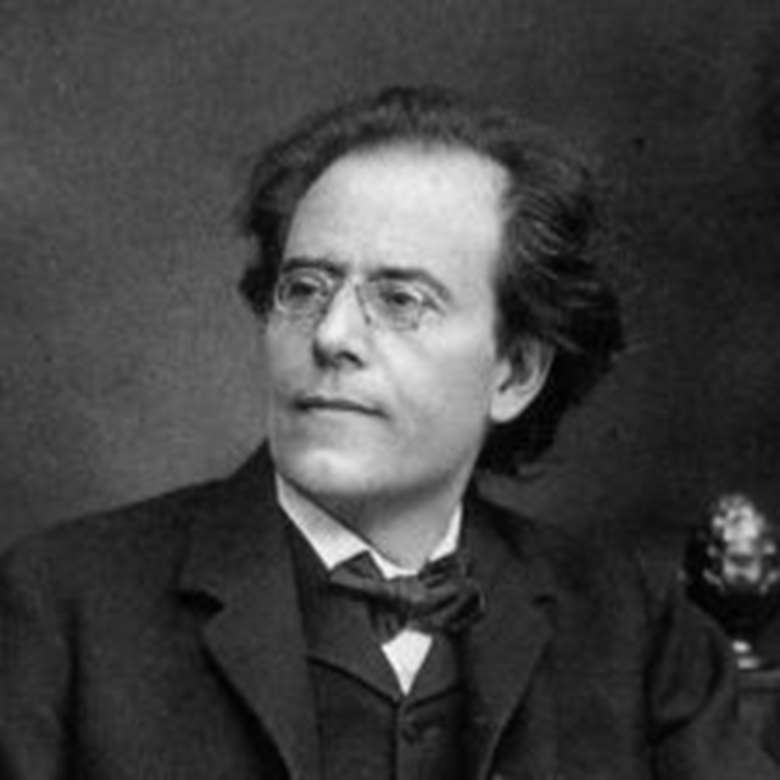Mahler's Symphony No 10, by Riccardo Chailly
Gramophone
Thursday, January 1, 2015

Das Lied von der Erde and the Ninth and Tenth symphonies are three late masterpieces of Mahler. In 1960 Deryck Cooke unveiled a masterpiece which was absolutely not known before. I have been conducting the Cooke version of this symphony for more than 25 years and I can say only good things about him. I think what counts is the value of the piece and the greatness of the music in his version. Mahler seems to have intended that the Tenth should be played straight through and Cooke recognised this is a mirror piece and, towards the end of the finale, there is that clever idea when the horns, in that desperate, high tessitura, recall the violas’ theme from the very opening of the piece. The 'Purgatorio' is the centre, the 'Dante element', a treasure fully orchestrated by Mahler himself, surrounded by two scherzos of similar length and two outer adagios almost of the same length. Too often the first Adagio is done too slowly and I have been trying, in my most recent performances, to balance the two adagios.
Fortunately, the published score enables the conductor to see a reproduction of the original sketches of Mahler. You see how much Mahler there is there. Deryck Cooke only added the minimum necessary to perform the piece and there is no ego present there at all. The winning point is the simplicity of Cooke and how faithful he was to the sketches, without any exuberance or pretence of originality. Obviously Mahler would have done it differently, but then think of Das Lied von der Erde. If he had heard the first movement, how the balance runs the risk of murdering the tenor, knowing how hyper-critical he was of his own music, he would certainly have improved that as well. The one thing I do wish is that Faber Music, the British publishers, should print the orchestral material, as they printed the orchestral score. The piece is so difficult to play in any case, so the last thing the orchestra needs is to have difficulty reading the notes from handwritten material. This is one of the main reasons why there are still so few performances of this piece.
Unfortunately we also have to blame Alma for what she said and wrote, with the support of Bruno Walter, which influenced great Mahler figures such as Bernstein. When I conducted the piece in Berlin in the 1980s, Maestro Karajan asked me for a private chat. I had great reverence for him and arranged to see him at the Philharmonie at nine in the morning. He wanted to ask about the Tenth Symphony. I gave him my impressions and he asked me how difficult it is to conduct the second movement. I told him how impossibly complicated it is to play and to conduct, and told him I regarded it as being as technically difficult as the 'Danse sacrale' in The Rite of Spring. 'In that case, I had best not look into it,' he said. 'Why?' I asked. 'You are such a splendid Mahler interpreter, maestro.' He responded, 'Some things just come into your life too late.'
I have looked into other performing editions of the piece. They all have interesting ideas but I think they add too much to the torso of the original Mahler sketches. There is a tendency to overdo, which Mahler would not like. I have studied the way Mahler handled the scores of the Second and Fifth symphonies. As he revised those pieces, it was only ever a process of taking away, never a process of adding. He always slimmed down his works. That is why I prefer the 'spartanity' of Deryck Cooke’s orchestration, which truly takes us to the heart of the piece. Mahler was moving, by himself, into the 12‑tone system. In the first Adagio there is a vertical cluster of nine pitches altogether, like a horrified scream for symphony orchestra. Had he lived even five years longer, as he approached the 1920s, I believe, like Puccini in the sketches for the finale of Turandot, Mahler would have carried on in the direction of 12‑tone. We know about Mahler’s conversations with Schoenberg about the theory ofKlangfarben as exemplified in the Six Orchestral Pieces. According to Alma, he was indifferent to this theory, but at the beginning of the First Symphony there is that marking, Wie ein Naturlaut, which almost amounts to the same thing. He simply was not impressed by theories and preferred to do things in his own way. He was a real conductor, very pragmatic and bored with having to explain everything, which conductors have to do on a daily basis, not only with their arms, but also with words!
Interview by Michael McManus (Gramophone, March 2010)
Explore Mahler's symphonies with the leading Mahler conductors:
Symphony No 1, by Charles Mackerras
Symphony No 3, by Lorin Maazel
Symphony No 4, by David Zinman
Symphony No 5, by Simon Rattle
Symphony No 6, by Christoph Eschenbach
Symphony No 7, by Valery Gergiev
Symphony No 8, by Michael Tilson Thomas
Symphony No 9, by Esa-Pekka Salonen







